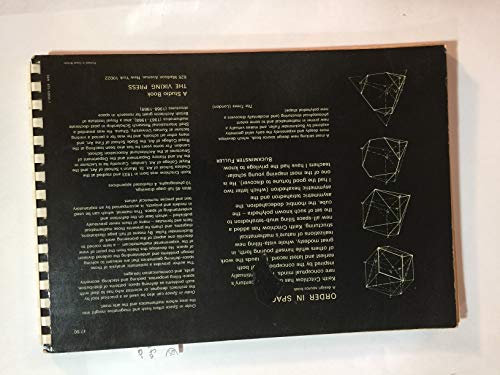Filters
Clear allSubject
- Careers (100) Apply Careers filter
- Computing (55) Apply Computing filter
- Cross curricular (22) Apply Cross curricular filter
- Engineering (141) Apply Engineering filter
- Food Preparation and Nutrition (1) Apply Food Preparation and Nutrition filter
- Leadership (1) Apply Leadership filter
- (-) Remove Mathematics filter Mathematics
- Personal development (2) Apply Personal development filter
- Science (175) Apply Science filter
- STEM Ambassadors (5) Apply STEM Ambassadors filter
- STEM Clubs (1) Apply STEM Clubs filter
Age range
Type
- Activity sheet (1) Apply Activity sheet filter
- Article (4) Apply Article filter
- Game (1) Apply Game filter
- Group work (1) Apply Group work filter
- Image (3) Apply Image filter
- Information sheet (36) Apply Information sheet filter
- Open-ended task (1) Apply Open-ended task filter
- Poster (7) Apply Poster filter
- Presentation (1) Apply Presentation filter
- Research (44) Apply Research filter
- Self assessment (1) Apply Self assessment filter
- Teacher guidance (23) Apply Teacher guidance filter
- Video (30) Apply Video filter
- (-) Remove Include Physical Resources filter Include Physical Resources
Showing 198 results
In this STEMNET resource, Assistant Head Teacher Matthew Evans describes activities undertaken in his specialist Technology College to support STEM subject teaching. The school runs many STEM Clubs and has worked with STEM Ambassadors for nearly 15 years.
Matthew works closely with the STEM Ambassadors and...
This guidance, from the National Strategies, is aimed at middle leaders in secondary schools: subject and year leaders, SENCOs and other coordinators of aspects of school improvement.
The resource provides guidance for middle leaders in evaluating the performance of their teams and the teams’ impact on...
This collection offers a selection of videos and career profiles to highlight the breath of STEM careers available. Some of the resources include experiments and classroom activities linked to the career theme, such as the Brian Cox school experiment...
The National HE STEM Programme, which concluded on 31st July 2012, supported universities to explore new approaches to recruiting students and delivering programmes of study within the Science, Technology, Engineering and Mathematics (STEM) disciplines.
The South West Spoke team (based at the University of...
In 2015-16, the regional Network has been found to have sustained a strong upward trajectory in the amount of CPD that it is delivering, increasing its level of CPD delivery by 45% compared to 2014-15, and surpassing the levels of CPD delivery achieved in previous years.
The Network has also forged new...
The resources in this collection have been created to support entries for the National Science + Engineering Competition.
The National Science + Engineering Competition is open to all students aged 11-18 years living in the UK and in full-time education. The Competition aims to recognise and reward young...
This Mathematics Matters case study, from the Institute of Mathematics and its Applications, looks at how mathematical network theory helps to improve connections for global transport, internet and telephony networks. Modern society relies heavily on a variety of networks, but we don’t fully understand how they...
In 2012, the Olympic and Paralympic games will be held in London. These resources look at a wide range of topics that can all be linked to the games. They cover science, technology, engineering and mathematics and can be used in individual lessons or as part of a cross-curricular Olympic and Paralympic theme.
...A case study from Mathematics Matters which looks at the development of optical fibres and how mathematical models have simplified the process of producing them. Modern society relies heavily on a variety of networks, but we don’t fully understand how they behave. Mathematical network theory lets us create models...
Help encourage your child's STEM skills, passion and talent with this parents' guide to engineering careers.
This is a book about modelling, but all the models derive from the basic shapes of sphere, cone, crystal, plate, strip, rod and spiral. The book is intended for those who enjoy using their hands creatively. It will be particularly valuable to non-specialist teachers who want introduce modern creative work into art...
This study unit offers some practical strategies that teachers use to improve the climate for learning. The techniques suggested are tried and tested; they draw on both academic research and the experience of practising teachers.
...This document was designed to help school leaders and teachers explore key aspects of personalised teaching and learning and to consider their priorities for further development. For each aspect, there is a section on “How to do this well”, and the guidance was firmly based on practice consistently demonstrated in...
A Mathematics Matters case study looking at how mathematical software supports new developments in imaging technology. Mathematical image processing techniques make it possible for us to capture, transmit and store photographs and video. They also let us restore noisy or damaged images and extract useful...

